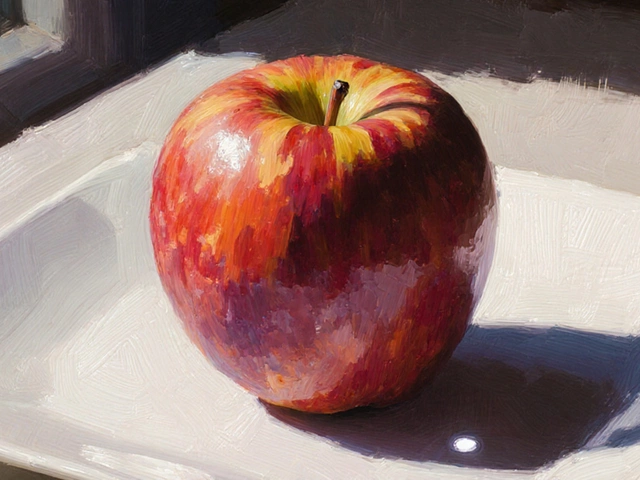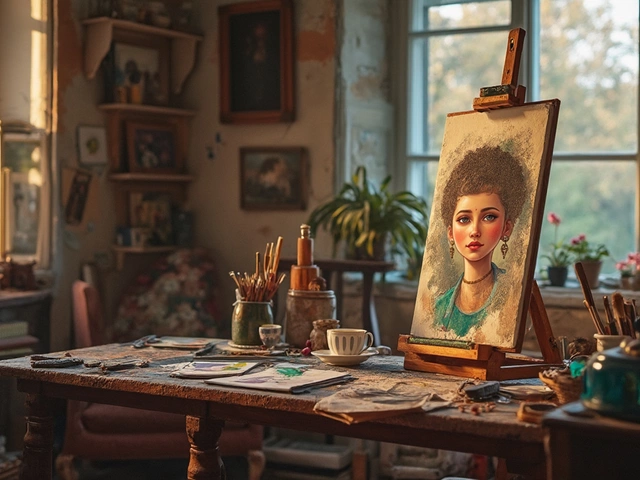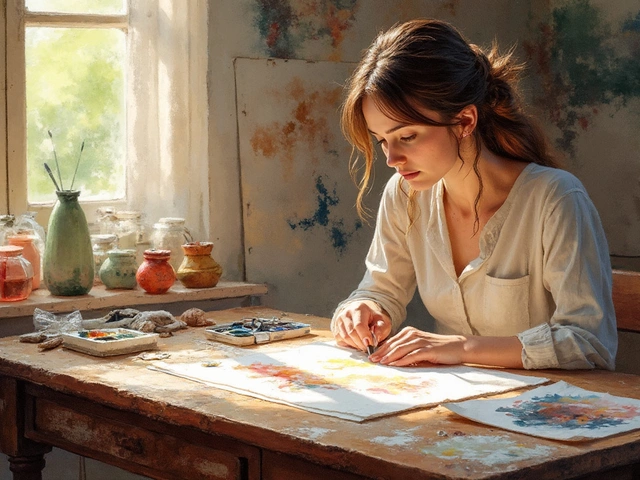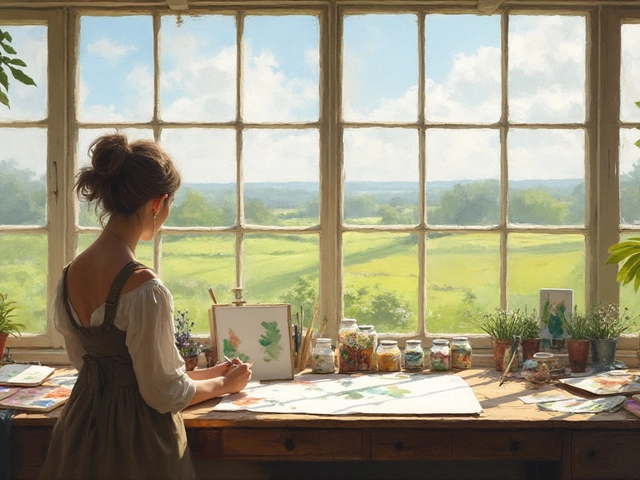Wet-on-Wet Painting Technique Explained
When working with wet-on-wet, a painting method where fresh paint is applied onto a still‑wet surface to create seamless blends, artists unlock a fast, fluid way to capture light and motion. The approach is a natural fit for oil painting, a medium that stays wet long enough to allow successive layers to mingle before drying, as well as for watercolor, a water‑based medium that encourages pigment to flow and merge on the paper. In landscape painting, wet-on-wet lets you lay down sky and ground in a single, expressive sweep, creating atmospheric depth without waiting for each glaze to set. Even the historic Goya technique, known for its dramatic chiaroscuro, builds on wet‑on‑wet layering to deepen shadows and highlight forms. In short, wet-on-wet encompasses oil painting, supports watercolor experiments, shapes landscape scenes, and influences classical methods like Goya’s, making it a versatile skill for any artist.
How the Technique Works and Why It Matters
At its core, wet-on-wet requires a quick hand, a medium that stays workable, and the right tools – a sturdy brush, a primed surface, and often a medium like linseed oil for oils or plenty of water for watercolors. The artist starts with a base wash or underpainting, then adds color while the first layer is still tacky. This creates natural gradients, soft edges, and a sense of immediacy that’s hard to fake later. wet-on-wet also encourages improvisation: you can adjust values on the fly, letting the paint dictate the final composition. Because the method blends colors directly on the canvas, it reduces the need for tedious glazing, speeding up the workflow for both studio painters and plein‑air creators. Moreover, the technique has a tight link to abstract art; the spontaneous mixing can produce unexpected textures that inspire non‑representational pieces. Digital artists mimic the wet‑on‑wet feel with brush engines that simulate wetness, showing the method’s relevance beyond traditional media.
Below you’ll find a curated set of articles that dive deeper into each of these connections. From a step‑by‑step guide on starting oil painting with wet‑on‑wet, to tips on mastering watercolor washes, to an exploration of how the Goya technique leverages wet layers for drama, the collection covers practical how‑tos, historical context, and modern twists. Whether you’re a beginner curious about the basics or an experienced painter looking to refresh your toolkit, the posts ahead give you actionable insights, real‑world examples, and clear explanations to help you make the most of the wet‑on‑wet method.
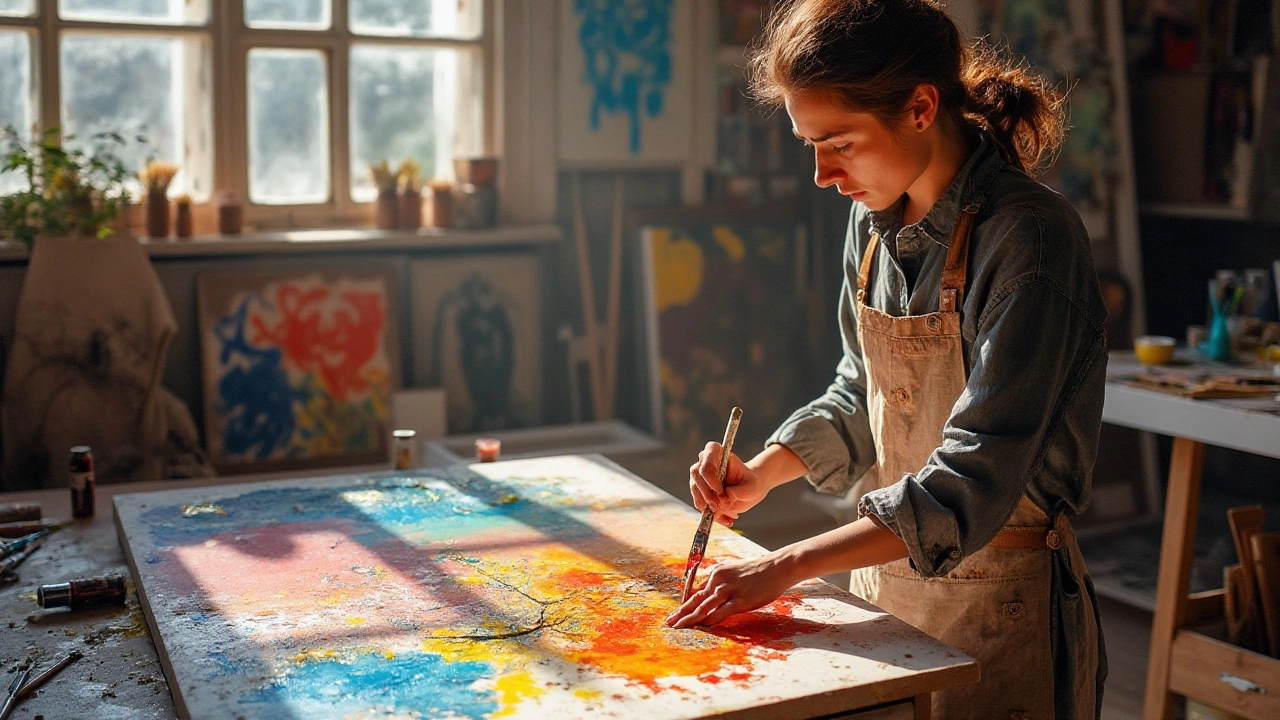
Alla prima, a beloved and spontaneous painting technique, is about immediacy and fluency in execution. This method involves applying layers of wet paint on top of each other without letting them dry, resulting in a rich and dynamic finish. This technique appeals to artists who love working with a sense of urgency and expression. Learning alla prima requires understanding how colors blend directly on the canvas and the discipline to capture the essence in a single session. Delve into the world of alla prima to uncover its secrets and tips for mastery.
